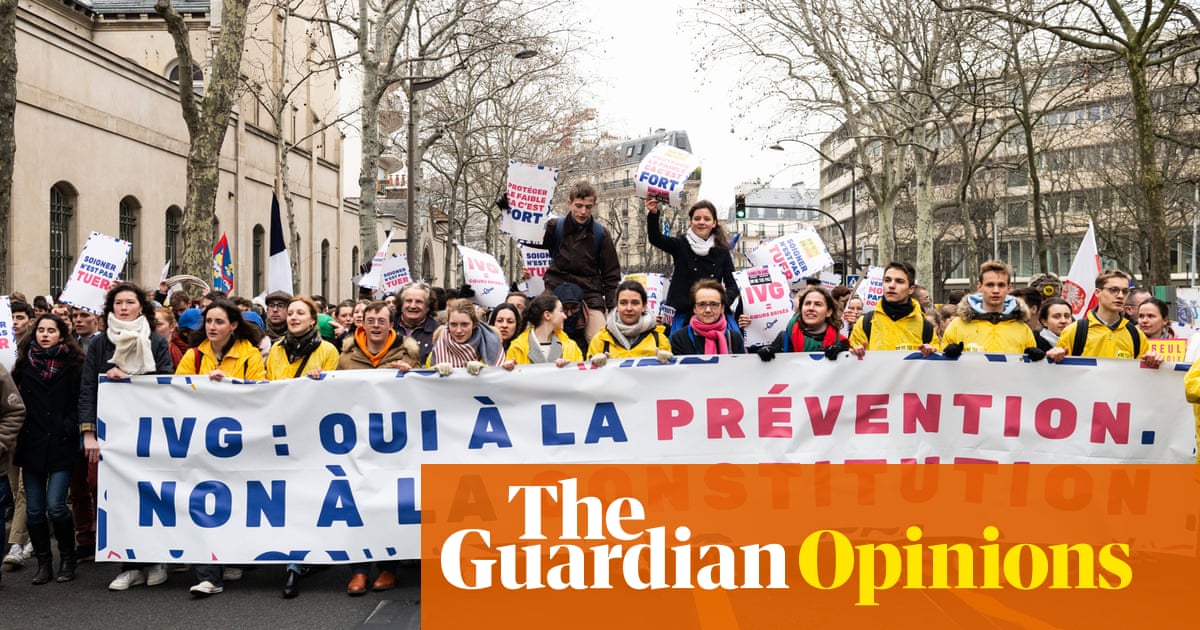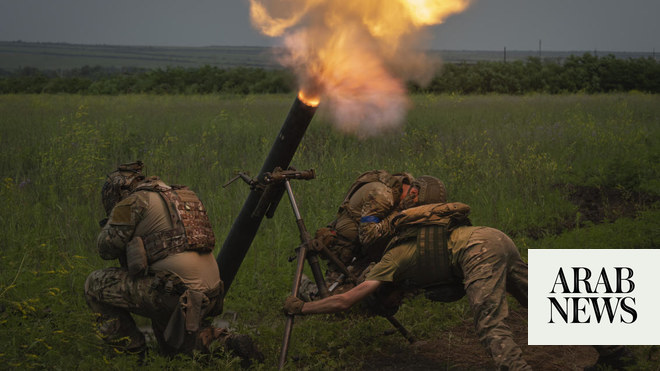
oris Johnson’s decision to increase the cap on British nuclear stockpiles by more than 40%, from 180 to 260 Trident nuclear warheads, might easily be interpreted as a manoeuvre inspired by domestic politics, rooted in the Conservative party’s longstanding love affair with nuclear power and the recent politics of Brexit. But the decision has broader significance. It reflects the rapidly changing international nuclear environment, and will make it significantly worse.
The world entered a new and dangerous era on 2 August 2019. On that day, the planet’s strongest nuclear powers, the US and Russia, declared their withdrawal from the Intermediate-range Nuclear Forces treaty signed by Ronald Reagan and Mikhail Gorbachev in 1987. The treaty was the last cold war-era arms control agreement remaining in force. We are now officially at the start of an uncontrolled nuclear arms race.
What this meant became clear on 8 August, less than a week after the Reagan-Gorbachev agreement was abandoned. The reactor of a nuclear-powered and nuclear-armed Russian cruise missile, codenamed Skyfall, exploded in the Barents Sea, killing five Russian scientists and naval officers and contaminating the atmosphere and waters in the Arkhangelsk region of Russia. The ultimate target of Skyfall, as President Putin demonstrated in a public video a year earlier, is the US.
Today, we are back to a situation that resembles the period preceding the Cuban missile crisis, when there were no mutually binding arms control agreements and various countries, the UK among them, were competing to outspend one another in building nuclear arsenals. In October 1962, only luck and the fear of nuclear confrontation shared by John Kennedy and Nikita Khrushchev saved the world from nuclear war. The shock of the crisis led the two superpowers to negotiate a number of arms control deals, ranging from the Partial Nuclear Test Ban treaty to arms control and limitation agreements. MAD, or mutually assured destruction, a concept strongly associated in the public imagination with Dr Strangelove’s “Doomsday Machine”, miraculously kept the nuclear powers at bay, maintaining what Churchill called the “balance of terror”.
But attempts to change that balance, such as Ronald Reagan’s “Star Wars” initiative, which threatened to make the US safer than its Soviet opponent, brought the world back to the brink of nuclear confrontation. We are now learning more about that period. There was a close call in September 1983, when the Soviet early warning missile attack system malfunctioned, sounding a nuclear alarm. It turned out that sunlight passing through high-altitude clouds over North Dakota made the Soviet space-based system malfunction. It is believed that Lieutenant Colonel Stanislav Petrov, who was on duty that day, all but saved the world from nuclear catastrophe. He happened to know that the early warning system was not reliable and refused to pass on the news about a US “nuclear attack” to his commanders, who believed in the system.
What we are witnessing today has been characterised by some authors as the advent of a “second nuclear age”. But we are in a more dangerous and unpredictable world than we were during the cold war. There has been an unprecedented proliferation of nuclear weapons, with more states capable of building a bomb than at any point since the end of the cold war. Even extremely poor but determined regimes, such as the one that rules North Korea, can threaten a superpower with nuclear war. Two rivals, India and Pakistan, both have nuclear capabilities, and Iran’s acquisition of nuclear technology causes grave concern, not only in the undeclared nuclear state of Israel but also in the non-nuclear regional hegemon, Saudi Arabia. Cyberwarfare also makes the current situation more dangerous than that of the early 1960s, as it allows one power to seize control of another’s nuclear arsenal without firing a shot.
While we face new challenges, we lack the fear of nuclear war developed by previous generations of political leaders and societies. Kennedy and Khrushchev considered nuclear war unwinnable. This is now changing with the scrapping of the old arms control treaties, the renewal of the nuclear arms race, and the development of new technologies making possible the execution of extremely accurate nuclear strikes. These factors have lowered the psychological barrier for using nuclear arms and brought back the illusion of the pre-hydrogen bomb age that wars conducted with limited use of nuclear weapons can be fought and won. That in turn feeds the new nuclear arms race, which the US and Russia have already started by abandoning cold war-era limitations.
Hence the true importance of Johnson’s announcement, which opens the door for the UK and other countries to join the race. Even if the government decides not to limit itself to lifting the cap on Trident nuclear warheads and in fact acquires all 80 warheads over a short period of time, the world nuclear balance will hardly change. Despite all the changes around the globe since the end of the cold war, there are still two nuclear superpowers: Russia, with approximately 4,300 warheads, and the US, with an estimated 3,800 warheads. Eighty additional Trident warheads will not make much of a difference, nor will they make the UK safer if it comes to the worst.
But by deciding to increase the cap, the UK – the world’s third country to develop its own nuclear capability – is sending the wrong signal: rearm. Instead, the world should be heading to the negotiating table to breathe new life into the arms control talks that all but ceased with the end of the cold war. That is no easy task, as negotiations will now have to go beyond the two nuclear superpowers and include the rest of the nuclear “haves” – first and foremost, China. The UK could play an important role in stopping the new nuclear arms race, instead of restarting it.
Serhii Plokhy is a professor of history at Harvard University and the author of Nuclear Folly: A New History of the Cuban Missile Crisis, published in April 2021












